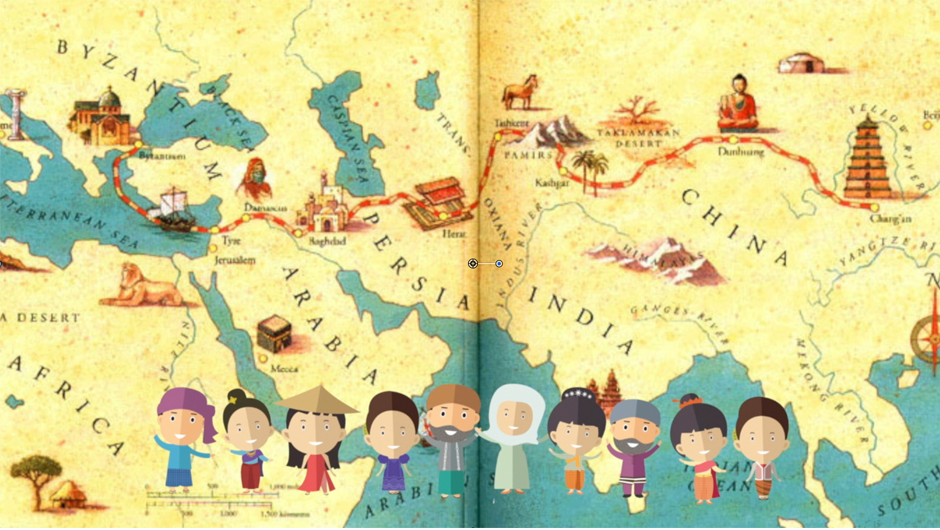Southeast Asia: Reclaiming its place as a global hub of exchange

A lot of people worry about globalization and especially about international trade. However, history tells us that trade has shaped Southeast Asia for thousands of years. 2000 years ago, the region connected trade routes from the Roman empire via India to China, with hundreds of ships carrying products in either direction every year.
Apart from goods, new ideas and technologies flowed along these routes, spreading religions like Hinduism, Buddhism and later Islam, as well as writing systems. The oldest written documents in the Philippines are recorded in a script that derived from Indian Sanskrit. Spices, silk and ceramics were traded, but even in antiquity there was a lively trade in basic foodstuffs on which many trading cities depended for their survival.
This wasn’t always a peaceful process – different empires tried to control these vital trade routes, but the sheer size and resilience of the region defeated such attempts eventually.
When we wonder about the extraordinary economic success of Asian countries during the last few decades, we have to look at this incredibly long history of competitive trade, of vibrant kingdoms, sultanates and principalities for which trade was a crucial source of revenue, of families that engaged in long-distance trade for many generations and that built networks across the region.
Hence modern globalization is not something new to Southeast Asia – this region has looked outward for most of its history, and it is reclaiming its place as one of the main global hubs of exchange.
Siggi Herzog talks about Southeast Asia's trade history, and how it relates to globalization today.